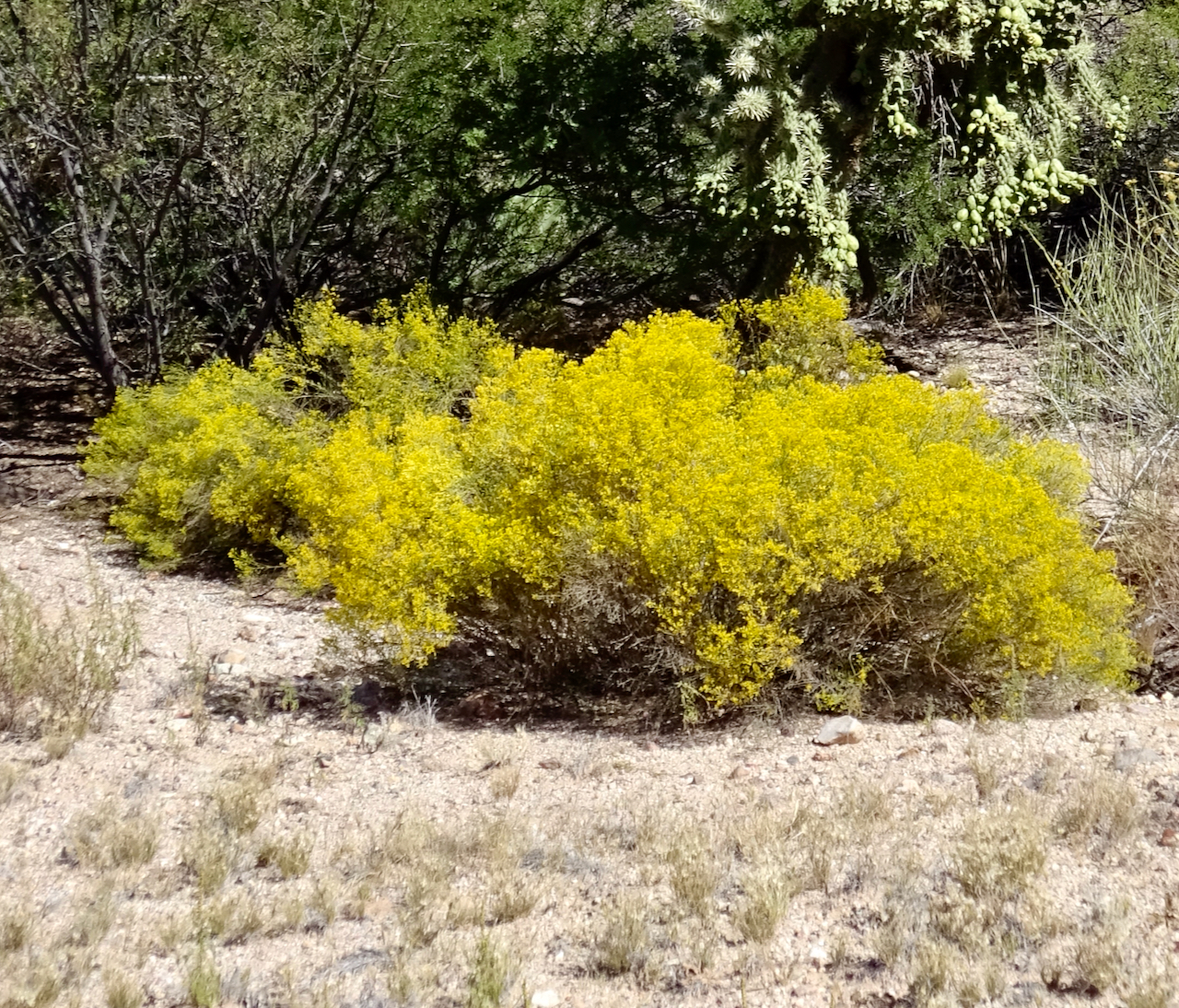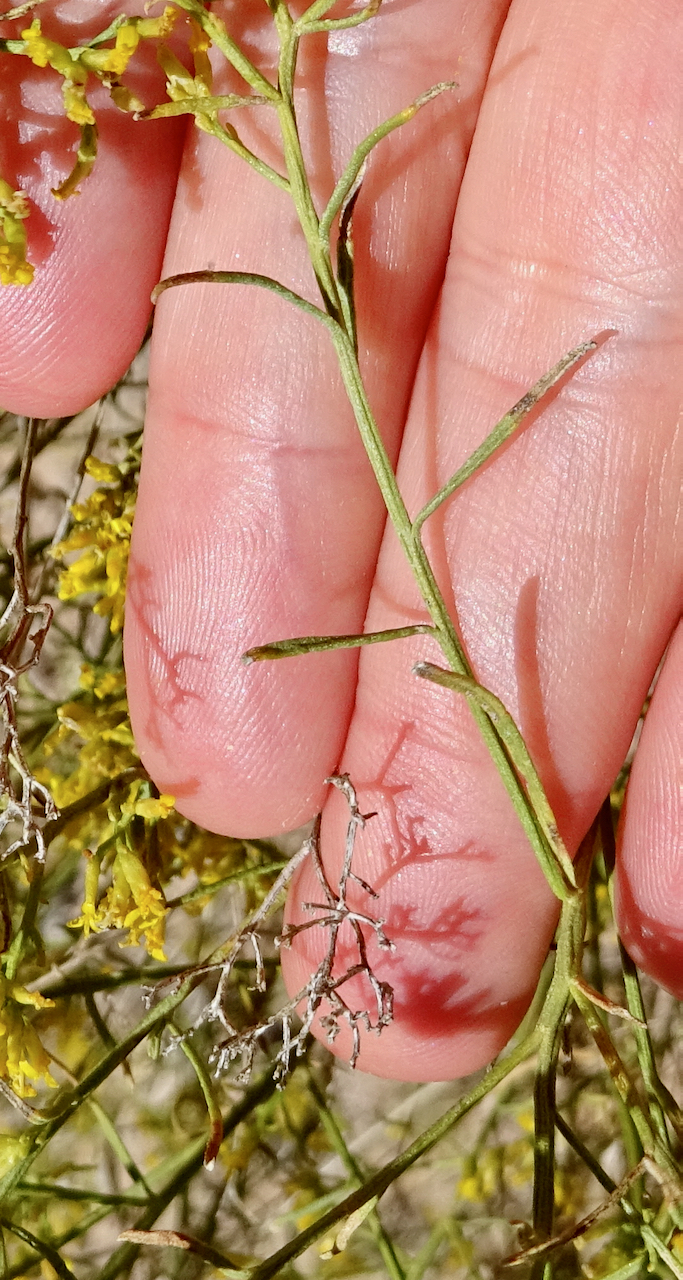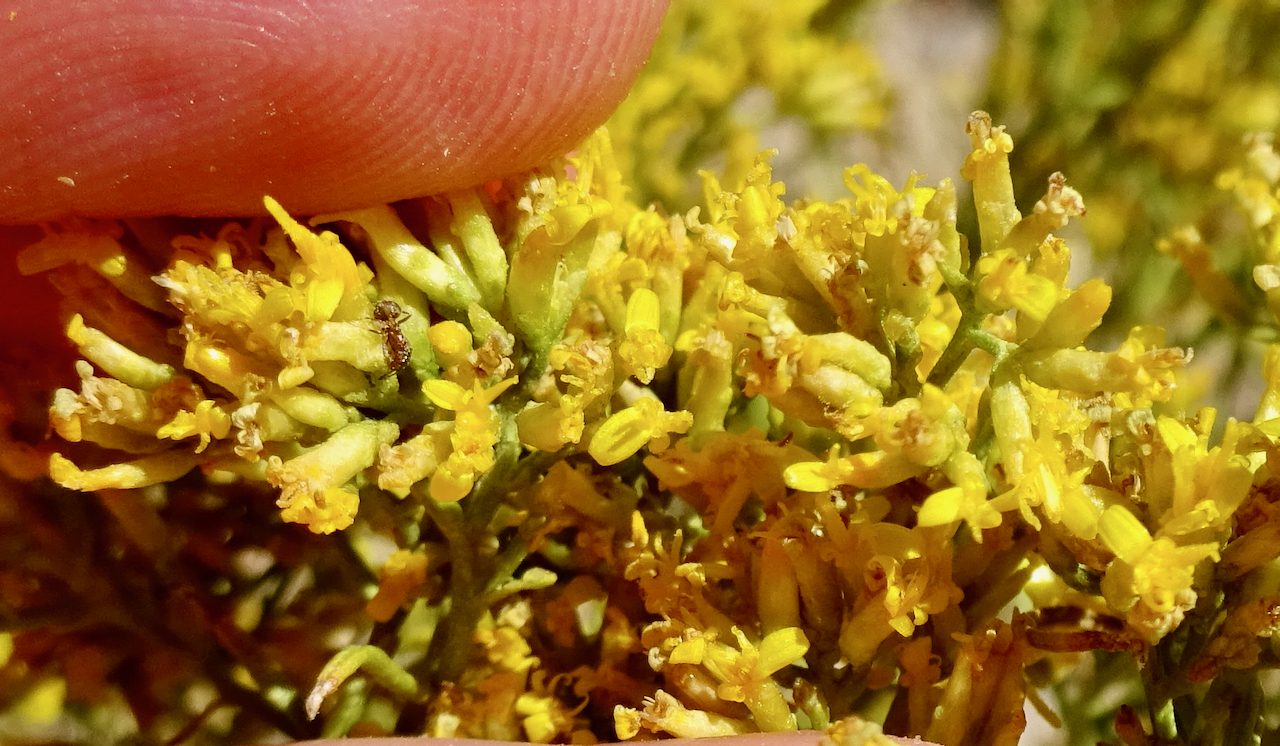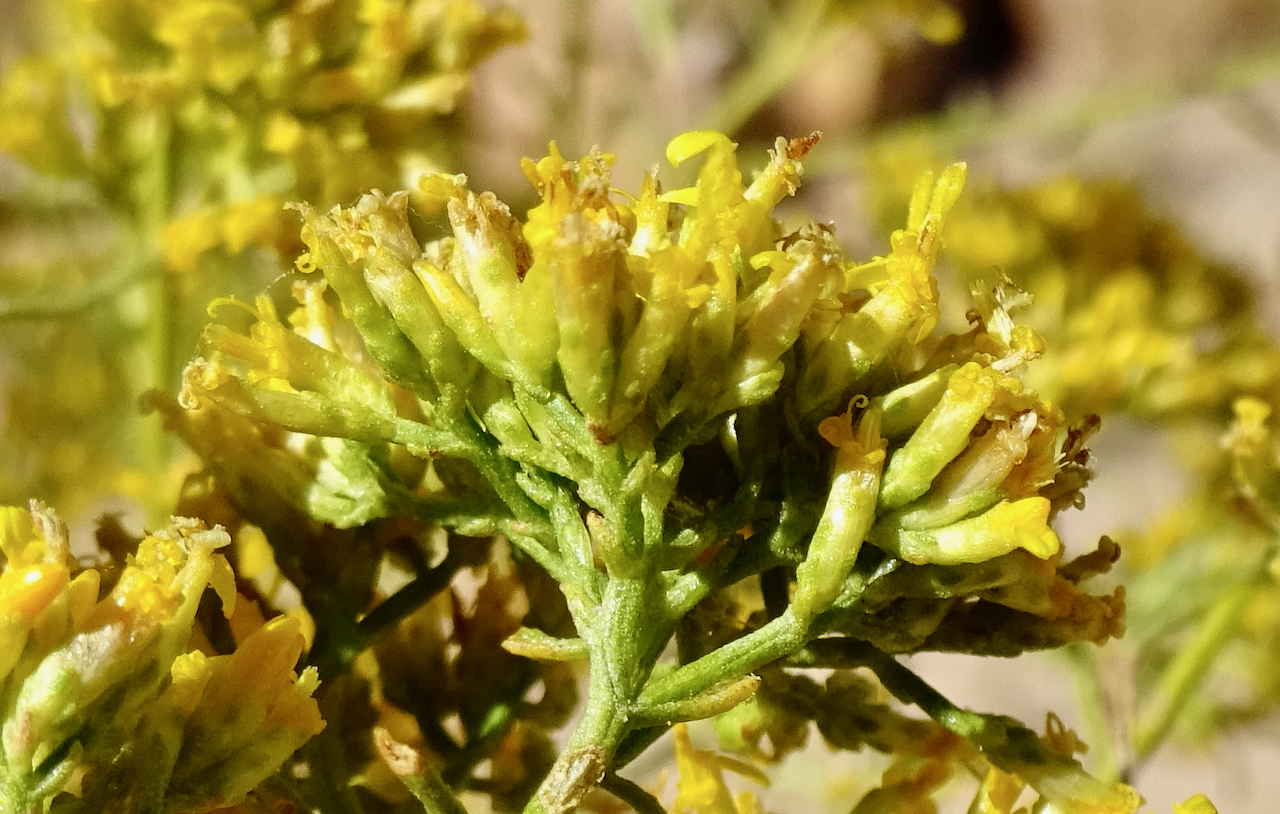Smallhead Snakeweed
Gutierrezia microcephala
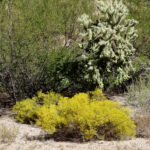
About the Plant
Smallhead snakeweed, a small native shrub, grows in the Rincon Valley and surrounding mountains. Its small form and slow growth make it an attractive plant though it is probably not available commercially. Bright yellow flowers cover the plant, usually in October.
Smallhead snakeweed prefers well-drained sandy, rocky, or gravelly soils and full sun.
Notes:
- Related species broom snakeweed (Gutierrezia sarothrae) and late snakeweed (Gutierrezia serotina) can be distinguished from smallhead snakeweed by their larger flower heads, with more ray flowers (3 or more) and more disc flowers.
- Large numbers of snakeweed on rangeland are an indication of overgrazing. This plant can be toxic to sheep, cattle, and goats.
Wildlife value: Flowers attract small insects
More Information
Weekly Plant on smallhead snakeweed
Information from US Forest Service (includes information on livestock toxicity)
Technical botanical description from SEINet
ID Characteristics
This plant is in the Asteraceae - the aster family.
Smallhead snakeweed is a many-branched small shrub with rounded, fairly tidy form. In a natural setting, it usually stays below 2 feet but it can spread to 3 feet. The small flower heads are held in tight, terminal clusters, 30-40 flower heads forming a cluster only an inch wide. They are born in such abundance, however, that the plant becomes intensely yellow during flowering.
The alternate leaves are linear, almost filiform, often less than 1/16 inch wide. Measurements of upper leaves on several plants at flowering indicate the leaves are typically 1/2-1 inch long, but some are as long as 1.5 inches. The lower leaves have usually browned and fallen by the time flowering starts.
Smallhead snakeweed lives up to its name - the flower heads are quite small, only 1/8 inch long by less than 1/16 inch wide, and usually contain only two flowers, one ray flower and one disc flower. The disc flower has 5 small petals that are often curled. (Click photo to enlarge. Also see Weekly Plant article.)
The two flowers are enclosed by 4-8 phyllaries that are white at their base.
